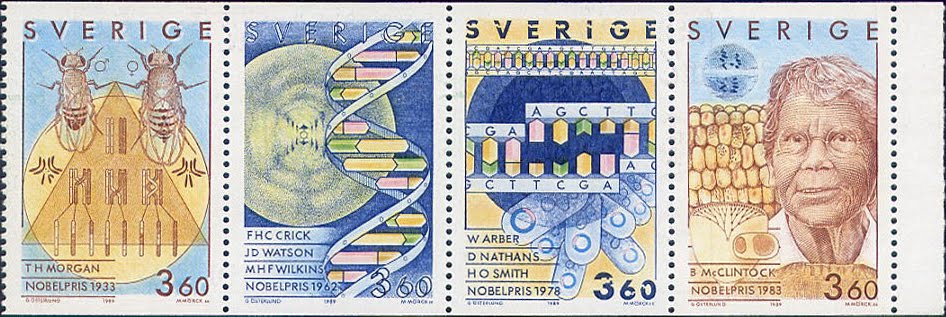On an independent modern farm followed by certified veterinarians, dairy cows (mean of 62 per year) were maintained in optimized milk production for 3 years each. From 1997 to 2002, just after the commercial release of the first GMO (genetically modified organism) in Europe, genetically modified (GM) Bt176 maize grown on the farm was progressively introduced in controlled diets. The results are described in the following account, which has an historical value as it is the longest and first on-farm observation of mammals, performed by an experienced farmer and veterinarians, during a period of unusual pathological problems in cows receiving a GMO-rich diet. Thus it was not designed as a scientific experiment. Over the years, and coinciding with regular increases in GMO content of the diet (0–40%), the proportion of healthy cows with high milk yield diminished from 70% (normal rate) to only 40%. At the peak of mortalities in 2002, 10% of the cows died, preceded by a long-lasting paresis syndrome without hypocalcemia or fever, but with kidney biochemical failure and mucosa or epithelial problems. No microbial origin was identified, though intensively investigated. The GM maize, subsequently withdrawn from the market, was at the time the only intended managerial change for the cows. It is proposed that it provoked long-term toxic effects on mammals, which are not observable in most common conditions of intensive farming with high and rapid animal turnover and with no specific labels on GM feed (identifying amount and precise identity of GMO content). More long-term assessments during GMO feeding trials should be performed.
Source:
Gottfried Glöckner and Gilles-Éric Séralini
Scholarly Journal of Agricultural Science Vol. 6(1), pp. 1-8 January 2016
Available online at http:// www.scholarly-journals.com/SJAS

- Log in to post comments

FIRST GMO Bt CROP TO BE COMMERCIALIZED WAS TOXIC TO ANIMALS
The first GM maize to be commercialized for animal feed, Bt176 from Novartis (subsequently Syngenta), caused various controversies, beginning in 1996. Grown on a few thousand hectares, it was quickly withdrawn from the market.
An antibiotic resistance marker gene was used in the genetic transformation, and the plant produced a new modified insecticide like all Bt plants. Yet only one nutritional test was conducted by Novartis on four cows for two weeks; one cow died after a week without scientific explanation.
Around this time (1998-2007), Prof Gilles-Eric Séralini had access to the industry dossier on Bt176 as an expert for the French government within the Biomolecular Engineering Commission. Together with CRIIGEN, he had already denounced the crucial lack of long-term tests.
History: Meanwhile, Gottfried Glöckner, an experienced farmer who had won an award for the high productivity of his dairy herd in Germany, was working with the GM industry, first to test GMOs for cultivation (1995), and then as the first farmer to feed Bt176 maize silage to his dairy cows (1998-2002).
As it turned out, this was and still remains the longest detailed feeding observation with a GMO. Glöckner’s farm, a recognized model of good practice, was supervised by qualified veterinarians. There had been no cases of serious disease on the farm since Glöckner took it over in 1986.
When partial paralysis (paresis) accompanied by great fatigue, and problems in the kidneys and mucosal membranes arose in the animals, followed by death in 10% of cases, microbial causes were sought.
All kinds of analyses were conducted, including some by university laboratories, in agreement with the German Ministry of Health and Syngenta. The investigations drew a blank. At this time, the dose of GMO Bt maize, which had been progressively introduced, had reached 40% of the diet.
By 2002, the farmer had become convinced that Bt maize was the cause of the diseases. He sued Syngenta and had partial compensation for his losses. But he subsequently suffered legal and personal setbacks, as reported in a short commentary [Séralini, SJAS, 2016].
After all these court cases ended, Prof Séralini gained access to veterinary records and to very complete archived data for each cow, as well as to the testimony of the farmer, who holds a Master’s degree in Agricultural Sciences. For the first time ever, an analysis of these data has been published. The analysis, by Prof Séralini and the farmer, Gottfried Glöckner, appears in the peer-reviewed Scholarly Journal of Agricultural Sciences [Glöckner & Séralini, SJAS, 2016] http://scholarly-journals.com/sjas/archive/2016/January/toc.htm
New scientific data on Bt toxins and a thorough study of the records show that this GMO Bt maize is most probably toxic over the long term.
This study reveals once again the urgent need for specific labelling of the identity and quantity of GMOs, especially in food and feed. Long-term testing of GM food and the pesticides they are designed to contain must be carried out and made public. This is now more essential than ever.
Contact: Prof. Gilles-Eric SERALINI gilles-eric.seralini@unicaen.fr or criigen@criigen.info ; www.criigen.org
Contact : Gottfried GLÖCKNER (Germany) ggloeckner@t-online.de